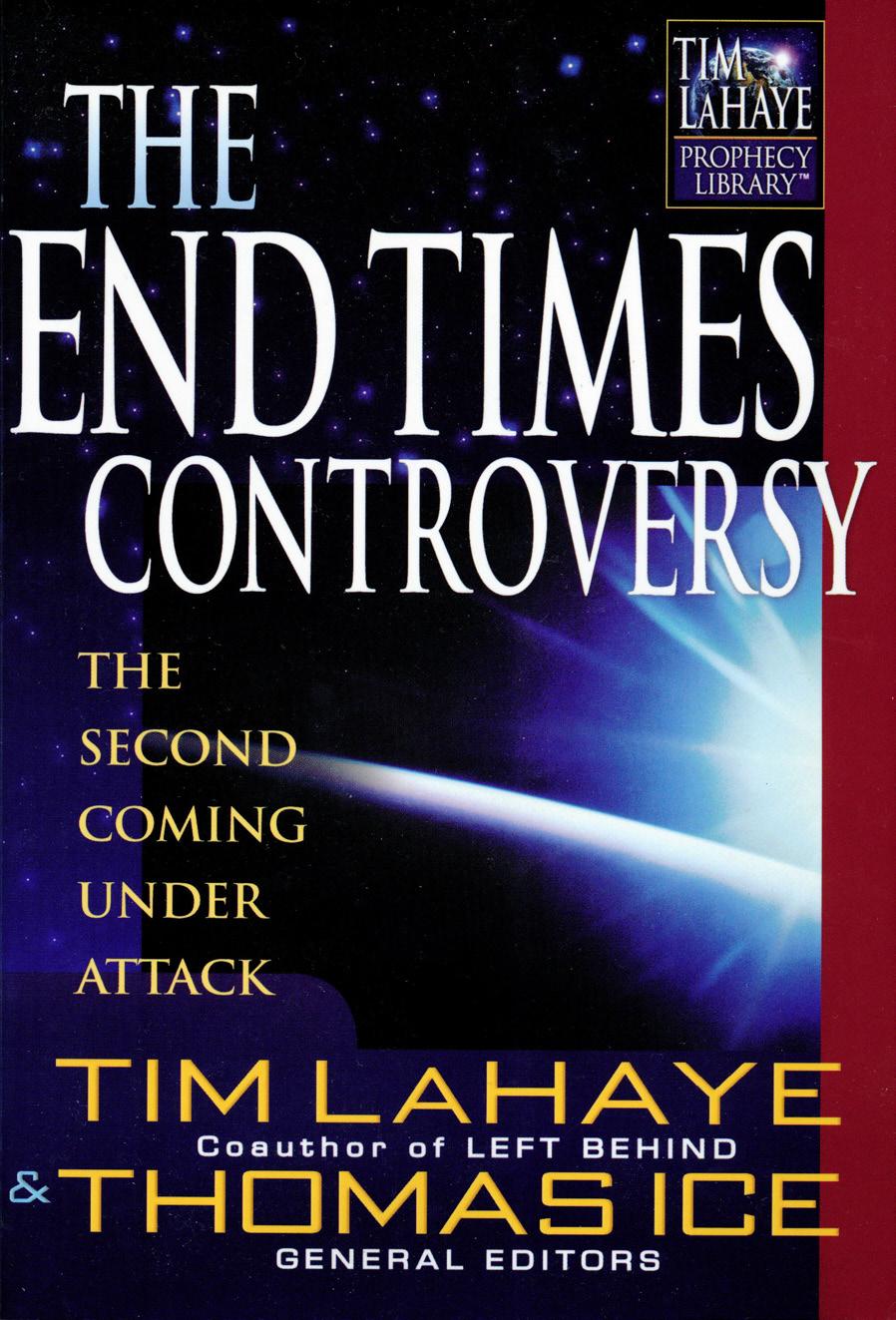Perspectives
And then will appear th
The Single Coming of Jesus in Matthew 24 and Acts 1:9-11
by Roy Lee Scott
As he sat on the Mount of Olives, the disciples came to him privately, saying, “Tell us, when will these things be, and what will be the sign of your coming and the end of the age?” “Then will appear in heaven the sign of the Son of Man, and then all the tribes of the earth will mourn, and they will see the Son of Man coming on the clouds of heaven with power and great glory. And he will send out his angels with a loud trumpet call, and they will gather his elect from the four winds, from one end of heaven to the other. From the fig tree learn its lesson: as soon as its branch becomes tender and puts out its leaves, you know that summer is near. So also, when you see all these things, you know that he is near, at the very gates. Truly, I say to you, this generation will not pass away until all these things take place. Heaven and earth will pass away, but my words will not pass away.” (Matt 24:3, 30-35 ESV)
I
n our previous article, we saw that in Acts 1:911 we had testimony of Jesus’ coming by a reliable second-hand source, namely, the two men in white. In Matthew 24:1-51, however, we have a different source testifying to Jesus’ coming—Jesus Himself. Jesus was and is God, and therefore He cannot lie; however, we must be very careful here and fully understand what it means to say that Jesus cannot lie. Any information given by Jesus is and must be perfect, and therefore any question answered by Jesus cannot be a lie. Now there is a facet of Jesus not telling a lie that can be very subtle, tricky, and easily overlooked—lies of omission. Not correcting pre-existing misconceptions is an example of a lie of omission. Consider a person asking a question of Jesus, and inherent in that question was a misunderstanding of the truth or a demonstrated ignorance of all the relevant facts and details on the part of the person asking the question. If Jesus was to answer that question and not correct the person’s misunderstanding or ignorance of the truth, then by definition Jesus would be guilty of a lie by omission. In other words, to put it more succinctly, in order to avoid a lie by omission Jesus must answer the question that is being asked of Him according the actual truth, not according to the inquirer’s misunderstanding of the truth. Anything less would allow the person asking the question to walk away thinking that their question has
6
FULFILLED MAGAZINE • WINTER 2015
been answered according to their understanding of the facts, when in fact it has not been answered in such a way. That person would walk away thinking that their unknown misconceptions of the facts are, in fact, correct, since Jesus’ answer did nothing to indicate that there were any misconceptions inherent in the question being asked. This concept of lies by omission, set against the highest standard of Jesus Himself, is crucial to a proper understanding and analysis of Matthew 24:1-51. For indeed, in Matthew 24:3, we have the disciples asking Jesus, “Tell us, when will these things be, and what will be the sign of your coming and of the close of the age?” As described above, Jesus’ answers must be free from any lie, including any lies of omission. Matthew provides a long, detailed answer to the disciples’ question regarding “these things,” culminating in His coming and the “close of the age.” Jesus then says in v. 34 that all of the things just described would occur within the generation of those hearing Jesus. (Rather than indicating an additional coming, Matthew 24:3651 describes the specific time frame of His coming, in contrast to the general time frame of “this generation” that was just presented in verse 34. These two time frame explanations are connected by the word “but” in verse 36, demonstrating a contrast between the two explanations of a single coming.) Notice that the disciples querying Jesus did not ask about “this”
comi misse ask o must to in in m only your) unde all to also b In comi the e answ there answ gene comi or a addit the d disci was withi comi Jesus of tha conc gene been Jesus conc In refer exam toget of M same first first p “An Ma






